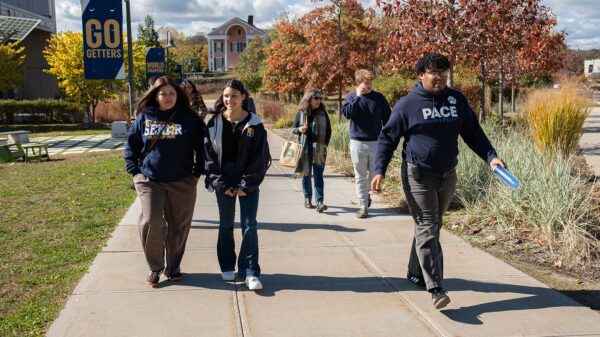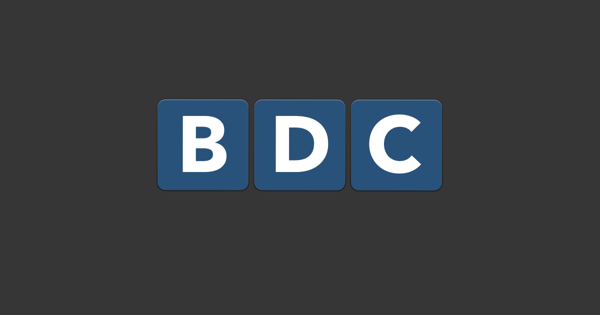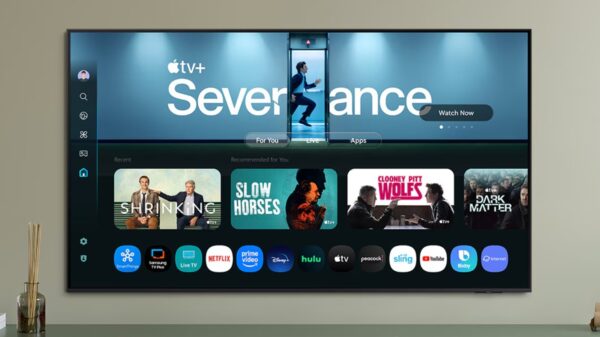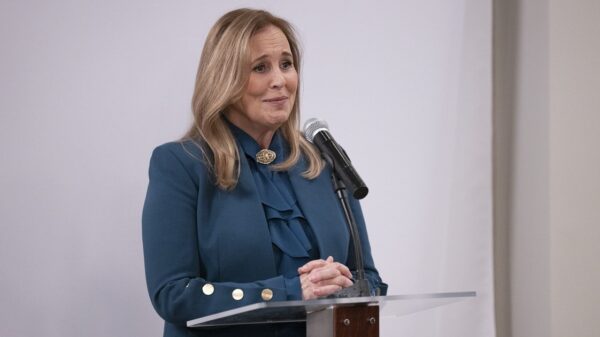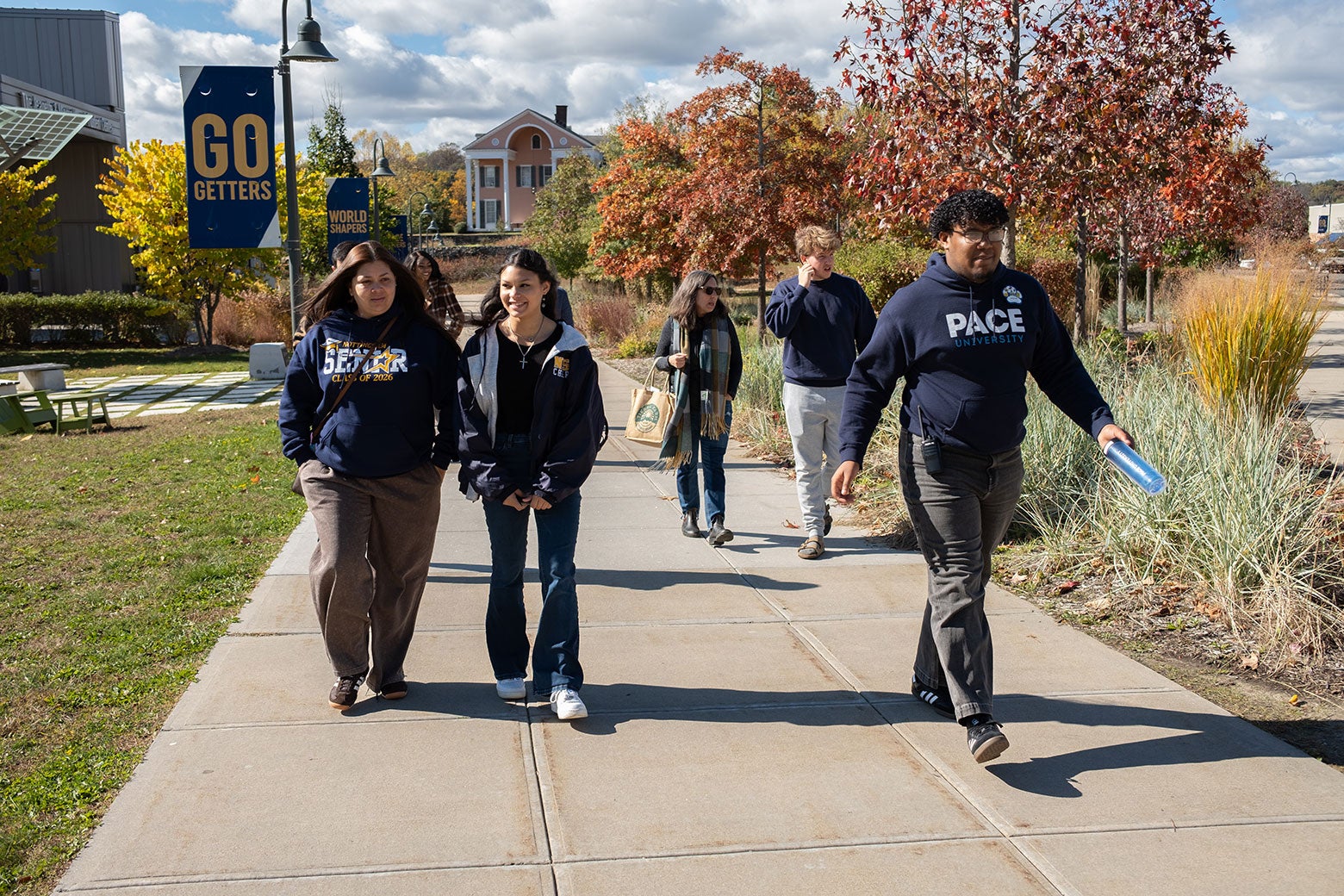UPDATE: In a surprising turn of events, college admissions are becoming significantly easier, according to recent reports. New data reveals that colleges are actively reducing barriers for applicants as they face a shrinking pool of high school graduates.
While many students, like Milianys Santiago from Hamilton, New Jersey, initially felt intimidated by the college application process, her experience turned out to be less stressful than expected. She stated, “It hasn’t been as stressful as I thought it would be.” This sentiment reflects a broader trend as colleges strive to attract more students in light of a projected 15-year decline in the number of high school graduates.
Admissions offices are now employing innovative strategies such as one-click applications and waiving application fees, which can range from $50 to $90. In October alone, 130 colleges in New York waived these fees, significantly easing the financial burden on students. For instance, Pace University offers an additional $1,000 in financial aid for students who visit their campus, a tactic that has doubled enrollment likelihood for visitors.
The latest federal data shows that overall college acceptance rates have risen to about 60%, up from 50% a decade ago. As Kevin Krebs, founder of HelloCollege, stated, “The overwhelming majority of universities are struggling to put butts in seats,” highlighting the urgent need for institutions to attract applicants.
The evolving landscape of college admissions includes direct admission policies. California State University recently announced that students who earn at least a C in required high school courses will be automatically accepted, eliminating the need for traditional applications. This initiative is part of a broader movement, with similar policies being adopted in states like Texas and Illinois.
However, perceptions persist that college admissions remain just as competitive. A recent Pew survey revealed that 45% of young Americans believe it is harder to gain admission than it was for their parents. This misconception is compounded by the media portrayal of elite universities, which leads to heightened anxiety among applicants.
Despite these challenges, many colleges are adapting their admission processes. Over 2,000 institutions have made standardized test scores optional, and students are inundated with promotional materials from colleges, receiving an average of 100 letters and emails monthly.
The ongoing changes in college admissions aim to empower students, especially first-generation college applicants who may feel intimidated by the process. José Garcia from the Illinois Board of Higher Education emphasized the importance of making college accessible, saying, “We have to do everything we can to open that door to all students.”
As the landscape of college admissions continues to shift, stakeholders are watching closely to see how these reforms will impact enrollment rates. With the number of high school graduates declining, the urgency for universities to adapt has never been greater.
For students and families navigating this evolving terrain, the message is clear: the power is in their hands, and easier pathways to college are now being forged.




